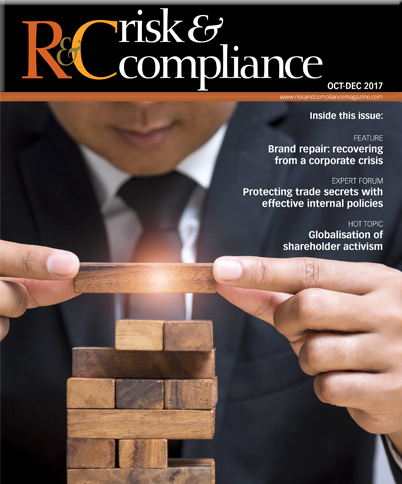BEST PRACTICES FOR EFFECTIVE MODEL RISK MANAGEMENT
Models are analytical entities that use theories and concepts from statistics, economics and mathematics for computing an output (quantitative estimates) based on certain explanatory input variables.
A model definition also covers quantitative methods with partial qualitative inputs such as expert judgment that produce a quantitative output. The quantitative outputs are then interpreted in a manner that facilitates the making of useful business decisions.
Financial institutions rely heavily on quantitative models for risk management, balance-sheet stress testing and various business analyses and decision-support functions. Models are popular in business analysis since they rely more on data that represent real-world situations rather than relying purely on human judgment. While the core component of a model is the quantitative method or the theory, in practice achieving a successful model output requires successful execution of many other aspects of model life cycle, such as design, validation and use. It is also very important to understand model capabilities and limits.
Analytical models are the DNA of a financial institution’s business. As such, their development and usage needs to be informed by a well-structured control environment. Banks are exposed to model risk and financial and reputational loss, due to decisions based on incorrect or misused model outputs. A heavy reliance on complicated and poorly specified models was one of the primary causes of the 2008 credit crisis.
After the crisis, regulatory focus on models has substantially increased. The Federal Reserve regulation SR 11-7 mandates bank holding companies (BHCs) to manage and control risk associated with models by using rigorous design, implementation and validation techniques. Banks are now required to periodically submit to regulators and auditors documented evidence of compliance with model governance policies and procedures, model approvals by management and evidence of effective challenges and their resolution.

